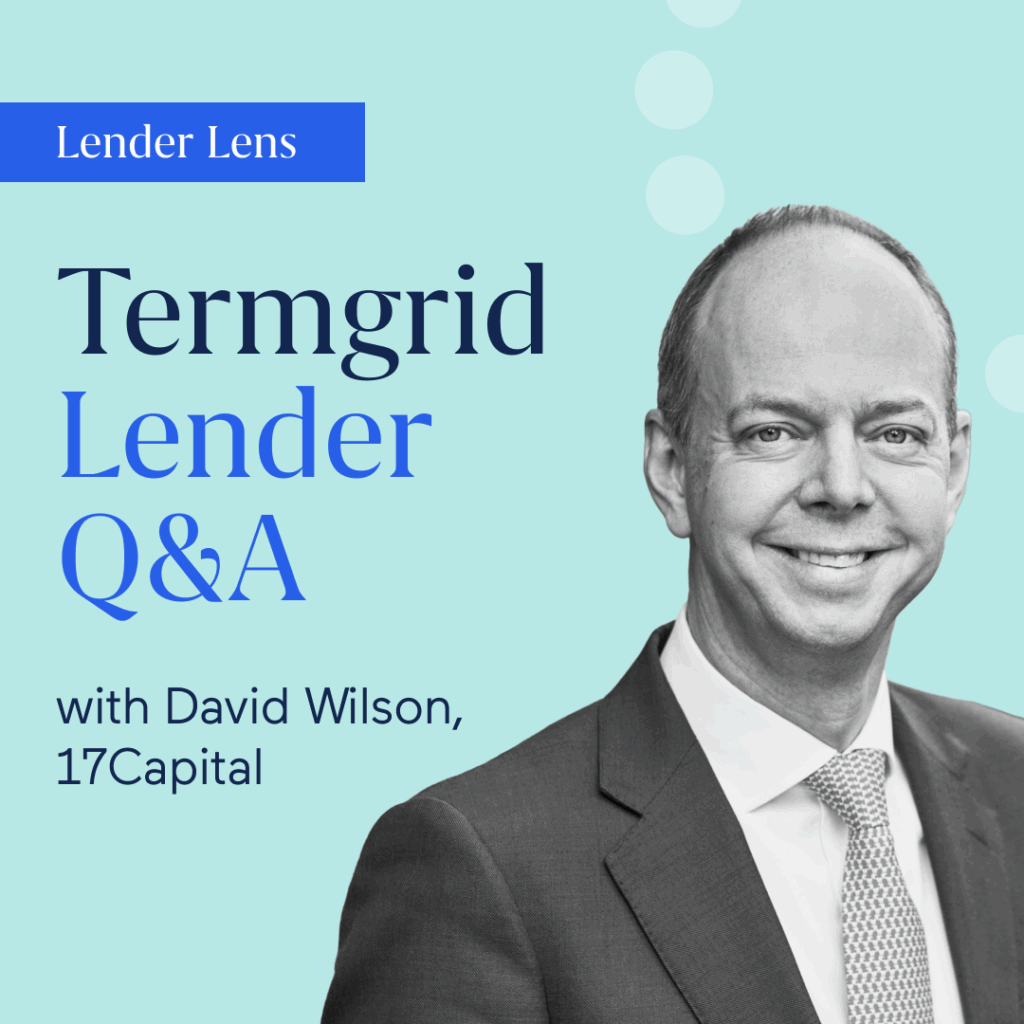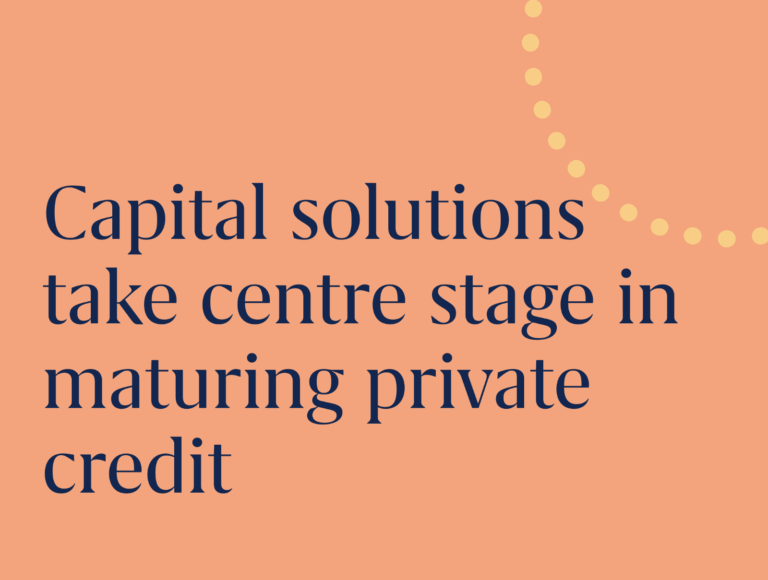With every market cycle, private equity firms adapt and with adaptation comes innovation. New structures, strategies, and financial tools often emerge in response to shifting conditions. The explosion in the use of Net Asset Value (NAV) loans and GP financings are a prime example. Once considered a “just-in-case” solution, these products are becoming a regular part of the private equity playbook.
A NAV loan is a credit facility extended to a private equity fund where the collateral is the value of the fund’s underlying portfolio. In simple terms, it gives PE firms access to liquidity without having to sell assets or ask limited partners (LPs) for additional capital.
NAV loans are becoming increasingly relevant as private equity firms hold portfolio companies longer, as a result of a softer exit market. According to the Fund Finance Association, the NAV loan market is currently estimated at $150 billion with projections reaching $600 billion by 2030.
NAV Lending explained
See how NAV Loans work, what’s driving their rapid rise across private equity, and the key challenges and opportunities shaping what comes next.
“There was some consternation in the market a few years ago about LPs allowing this debt to be incurred, but it’s more understood today, and many LPs have gotten comfortable with it. It’s a useful tool,” says Lindsay Sparks, a partner with Paul Hastings, a national law firm with a practice group dedicated solely to fund finance. “They can allow sponsors to continue to hold assets or potentially do an add-on to prepare for the platform company to be disposed of when the timing is right.”
Longer hold times of portfolio companies is definitely pushing NAV loans to the forefront. According to Bain & Company’s 2025 Private Equity Outlook, the average PE holding period reached 6.1 years in 2024, continuing a two-decade trend of increasing hold periods. Without liquidity events, LPs may hesitate to reinvest, and PE firms require capital to fund new acquisitions or support existing portfolio companies.
Additionally, many firms are reluctant to sell what they view as “winning” assets—or even underperformers that may still have upside potential—especially in the soft exit environment we are experiencing today.
“It continues to be a buyer’s market, so platform hold periods continue to tick up with little liquidity returning to funds even as they come to the end of their investment period,” says Joshua Cherry-Seto, a managing director with Velocity Capital Advisors, a lender with NAV and GP financing products. “But it’s an attractive time to do accretive add-ons. The private equity firm can access debt to make additional investments in the portfolio despite having limited unfunded commitments remaining. These products fill a capital void right now.”
GP financing joins the toolkit
GP financing is another increasingly popular product, offering liquidity directly to the general partner rather than the fund. GPs use their ownership stakes or expected future proceeds as collateral to raise capital often to invest in new vehicles, increase their commitment to existing ones, or manage personal or operational cash flow.
Unlike NAV loans, which can raise concerns about GP-LP alignment especially if the GP takes money off the table while LPs remain locked in, GP financings are often used to increase GP commitments, an action that aligns interests more closely with investors.
“GP finance unlocks liquidity for the GPs before an actual liquidity event can take place. I think we’re seeing an uptick because other avenues for liquidity just aren’t available right now,” says Sparks.
The growing demand for speciality finance hasn’t gone unnoticed by lenders. Firms such as Crescent Capital Group, Crestline Investors, and Hunter Point Capital have all launched new lending products tailored to this emerging market.
One of the pioneers in NAV financing is 17Capital, a firm that focuses exclusively on NAV-based solutions. David Wilson, a partner with 17Capital, confirms it’s a good time to be a lender in this space.
“This is a favorable environment from a lender’s perspective. There are really only a few dedicated players, which is nice because we can be selective and only do deals that make sense,” says Wilson.
Inside the NAV financing leader’s playbook
With a singular focus on NAV-based solutions and nearly two decades of experience, 17Capital has helped shape how private equity sponsors unlock portfolio value and manage liquidity.
David Wilson shares insights into what sets them apart in an increasingly competitive market.
Despite increasing interest from new entrants, he doesn’t view the market as overcrowded. 17Capital recently closed its sixth fund with $5.5 billion in commitments, and has already deployed $2.6 billion across 10 transactions, split evenly between the U.S. and Europe.
The total asset value of portfolio companies is around $4 trillion, and that number is growing as more capital is allocated to private equity. “There’s a lot of collateral that can be financed. We’re still in the early adoption phase, with many firms just now learning about these products as they see peers using them,” Wilson says.
As competition heats up among lenders eager to deploy capital, borrowers are gaining leverage in negotiations. “There is so much money going into these products that needs to be deployed, so borrowers are starting to ask for reduced collateral and other improved terms,” Sparks says.
This has led lenders to offer terms that include multi-asset collateral pools or a subset of assets as well as delayed draw structures and flexible terms. Cherry-Seto noted that creating hybrid facilities that combine unfunded commitments and NAV as collateral have become more common.
While the market is growing rapidly, most deals remain undisclosed. Notable exceptions include recent NAV loans taken by firms such as Warburg Pincus and Pharos Capital Group, although deal sizes and terms have not been made public.
“When brand-name managers are doing it, it signals to everyone else that it’s a safe and acceptable tool,” says Wilson. “Then others start looking around and asking, ‘Why aren’t we doing this too?’”
The bottom line is NAV loans and GP financing are fast becoming essential parts of the private equity capital structure. As firms navigate longer holding periods, and LP become more comfortable, these solutions offer flexibility needed in the market today. This trend is only expected to accelerate.





